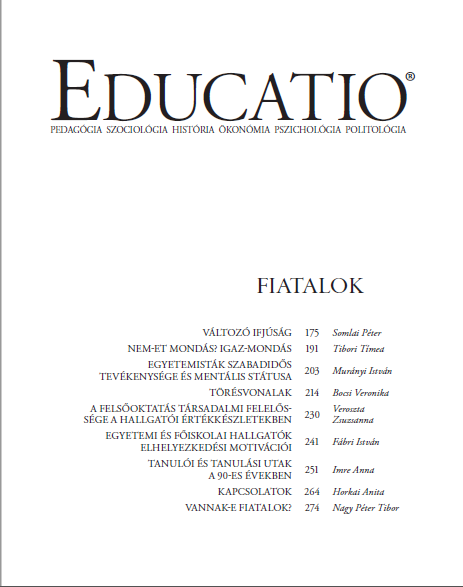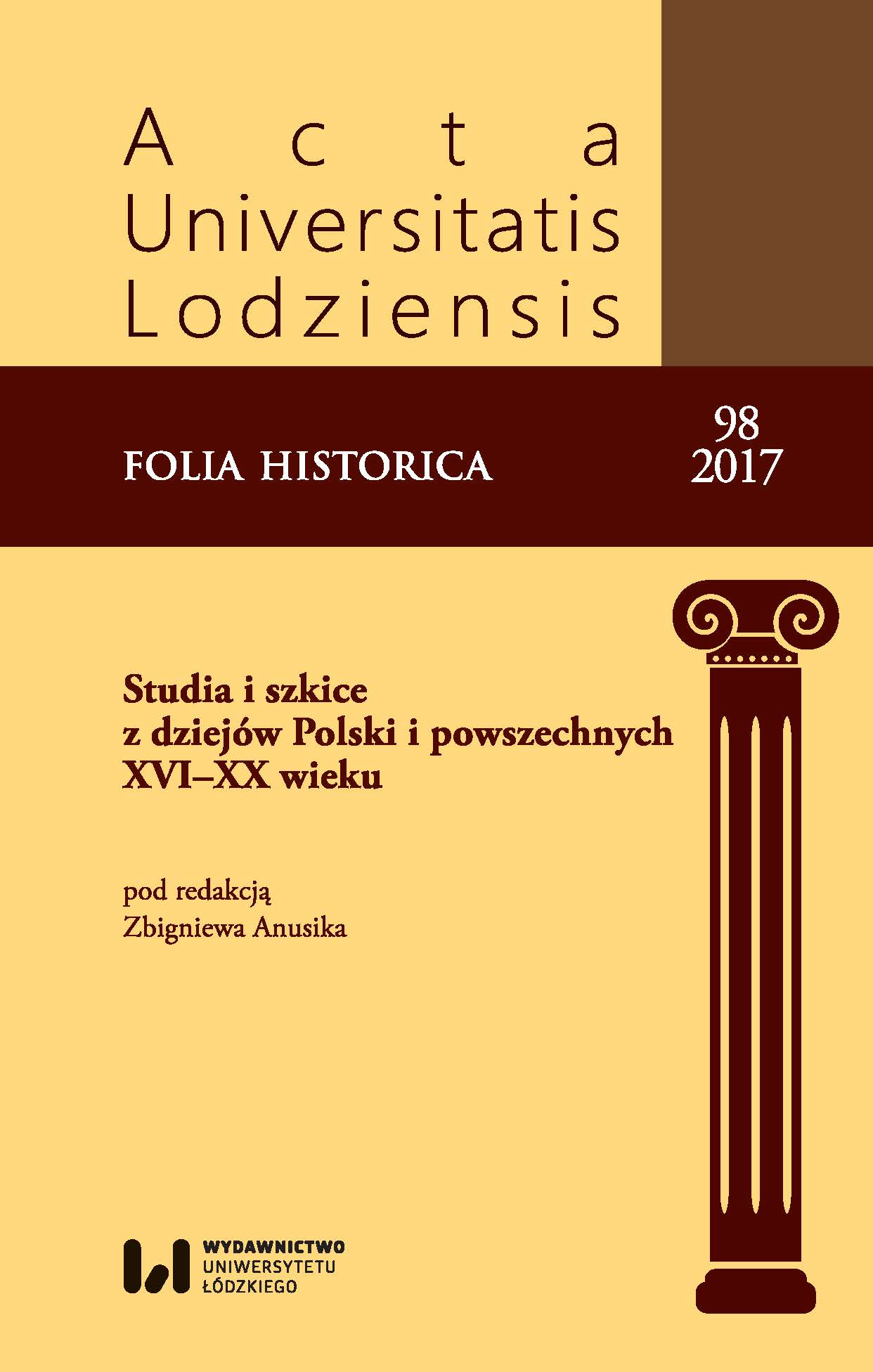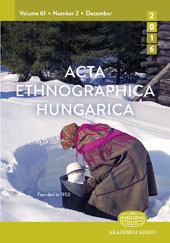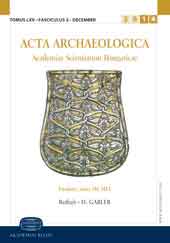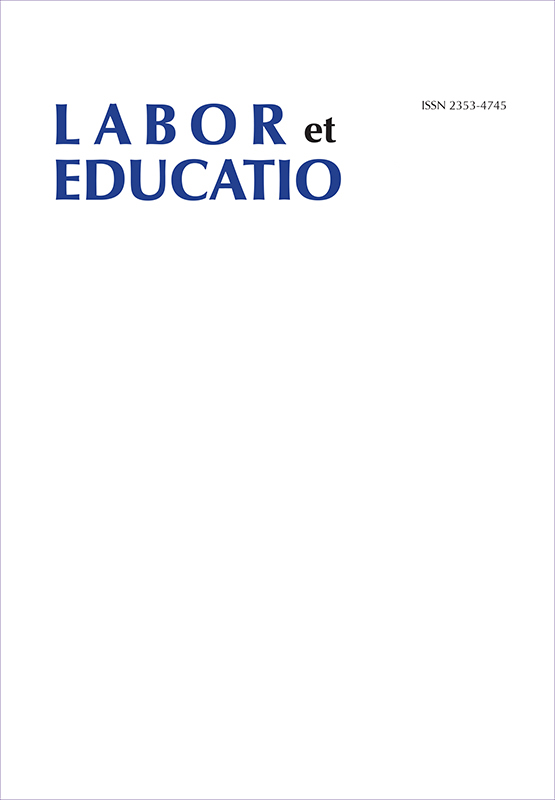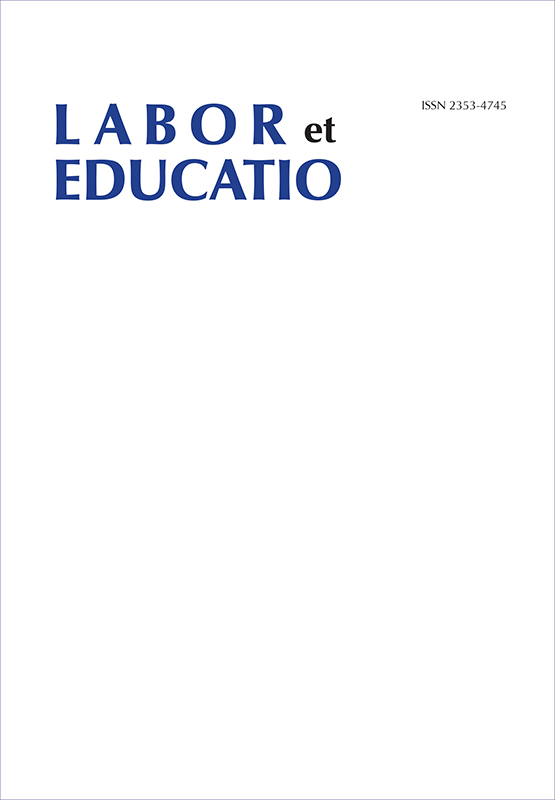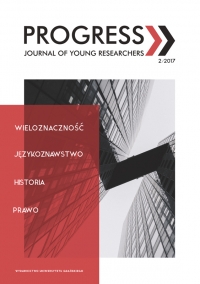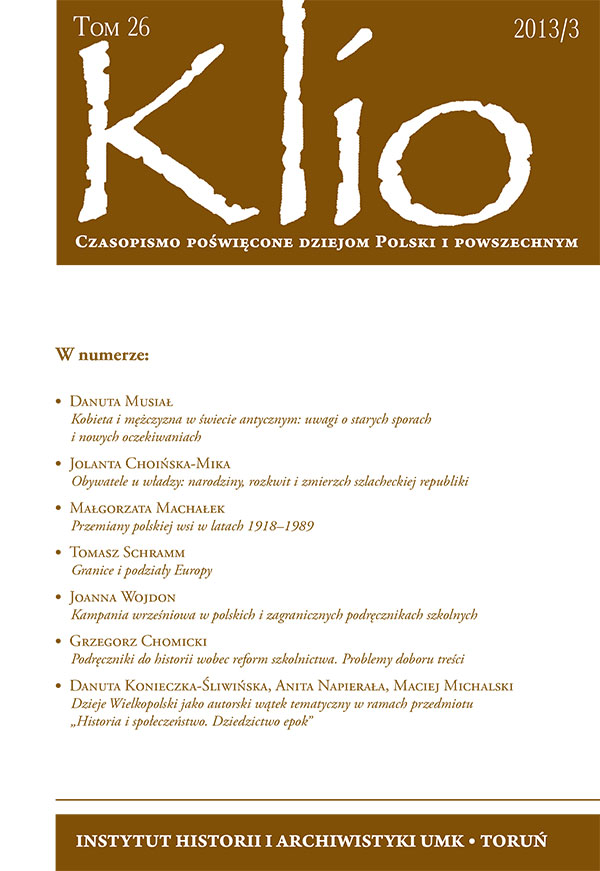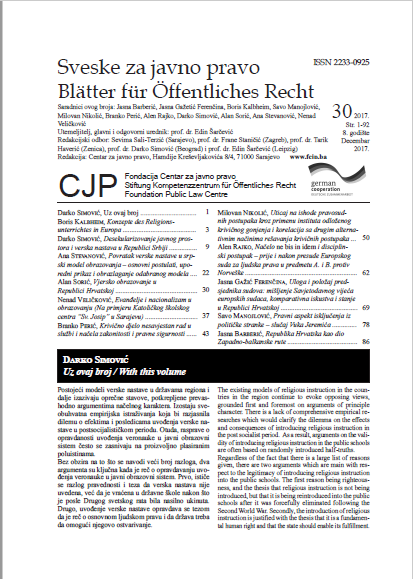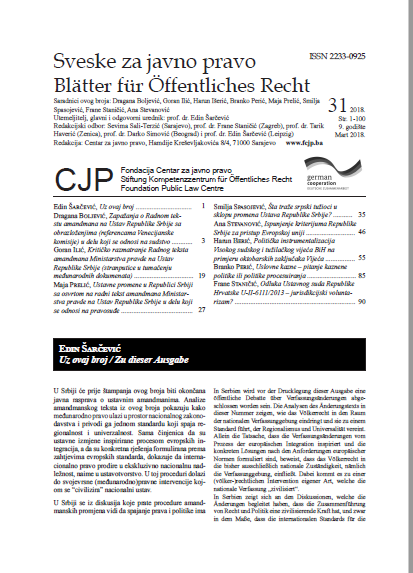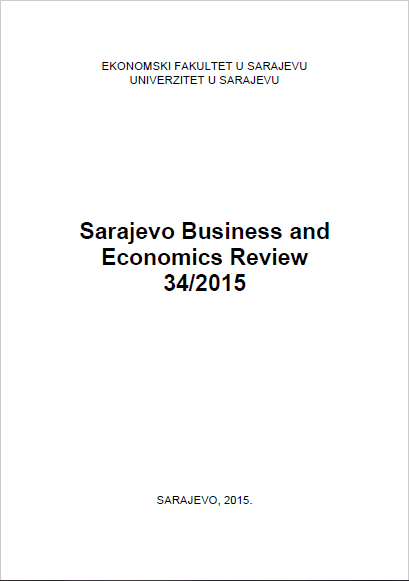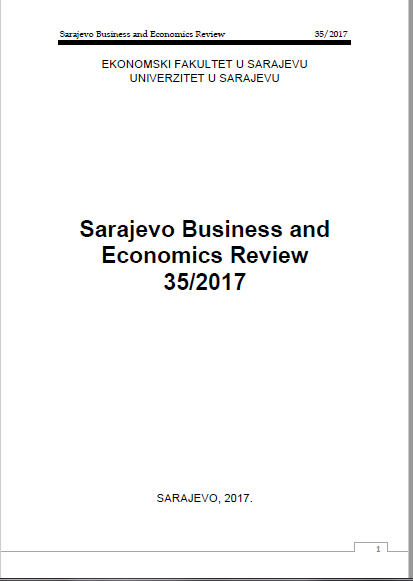EDİTÖRDEN
Dergimizde yayınlanan makalelere DOI numarası alabilmek için başlatmış olduğumuz çalışmaların sonucunu almış olduğumuzu bildirmekten mutluyuz: 2014 yılından (üçüncü sayı) itibaren dergimizde yayınlanan makalelere DOI numarası alınmıştır. Böylece, dergimizde yayımlanan bilgilerin ulusal ve uluslararası düzeyde daha geniş kitlelere, daha hızlı bir biçimde yayılması hedefimize ulaşmış bulunuyoruz. Aynı hedef doğrultusunda, dergimizin yeni indekslerde yer alması için çalışmalarımız sürmektedir. Dergimizin bu sayısı, Prof. Dr. Sevim Akten’in öğrencileri, çalışma arkadaşları ve bilim dostlarının yazılarını içeren özel sayı olarak yayınlanmıştır. Saygıdeğer Hocamız ve çalışmaları hakkında kısa bir tanıtım yazısıyla başlayan bu sayımızda da yine birbirinden ilginç yüksek nitelikte, değişik yöntem ve bakış açılarından hareketle kaleme alınmış on sekiz makale yer almaktadır. Titiz bir değerlendirme sonucunda nitelikli yazıların seçiminde büyük görev üstlenen hakem kurulumuz ve yazarlarımızla birlikte, her zaman olduğu gibi dikkatli ve özverili çalışmalarıyla bu sayının da zamanında yayımlanmasını sağlayan dergi yazı işlerine teşekkürü bir borç biliriz.Dergimizde yayınlanan makalelerin kısa sunumuna gelince; İrfan Atalay, XVI. ve XVII. Yüzyıl Fransız Yazınında Din Savaşları ve Agrippa d’Aubigné’nin Les Tragiques Örneği adlı çalışmasında; genel olarak XVI. ve XVII. yüzyıl Fransa’sındaki din savaşları, ardından da Agrippa d’Aubigné’nin dünya görüşü ve yapıtında kullandığı biçemini ele alıyor. Yazar, A. d’Aubigné’nin XVI. yüzyılın ikinci yarısında Fransa’da gerçekleşen Katolik ve Protestan çatışmasının insanlığı sürüklediği sefaletten, mutsuzluklardan, kralların takındıkları acımasız tutumlardan, yaldızlı büro ve sarayları içindeki yargı insanlarının içinde bulundukları yozlaşmadan, savaşın yol açtığı korkunç tablolardan, intikam peşinde koşan taraflardan söz ettiğini; gerçek adaleti ancak Tanrının, Kıyamet Gününde sağlayacağı vurgusunu yaparak yapıtını tamamladığını açımlıyor.Julia Kristeva’nın Bizans’ta Cinayet Adlı Romanında Anlatı Yerlemleri başlıklı çalışmada, Mehmet Baki, Julia Kristeva’nın, kurgulama tekniği bakımından türlerin iç içe girdiği tarihsel, polisiye ve karma anlatım tekniklerinin uygulandığı çokşekilli ve çoksesli, aynı zamanda çok katmanlı Bizans’ta Cinayet adlı son romanındaki ana izlekleri, bakış açılarını, anlatısal ses düzeylerini, öyküleme türlerini, kişiler, uzam ve sürem ilişkilerini romandaki kullanımlarını, gerek yapısalcı gerek yapısalcı-sonrası eleştiri yöntemlerinden yararlanarak ana hatlarıyla inceliyor.Faïza Guène’nin Les Gens du Balto’da Kullanılan Sözcükler Açısından “Genç Dili” Üzerine Toplumdilbilimsel Bir İnceleme adlı ortak çalışmada, Sonel Bosnalı ile Fatma Er, “genç dilinin”, diğer toplumsal değişkelerden bağımsız, kendi içinde tutarlı ve özdeş nitelikte bir değişke olmadığı varsayımını ileri sürüyorlar. Les gens du Balto adlı yapıtta ortak sosyokültürel ve sosyoekonomik özellikler taşıyan iki gencin konuşmaları, incelemenin bütüncesini oluşturmaktadır. Bu iki gencin kullandıkları hem sözcük türü ve sıklığı hem de dil tutumları ile sosyolojik özellikleri arasındaki ilgileşim inceleniyor.Kamil Civelek, Yanmetinsellik Bağlamında Karşılaştırmalı Bir Çözümleme: Anna Gavalda’nın “Je l’aimais/Onu Seviyordum” Adlı Romanının Fransızca ve Türkçe Baskıları başlıklı çalışmasında, Gérard Genette’in, yanmetinsellik (fr. paratextualité) başlığında, metin çevresi (fr. péritexte) ve kitap çevresi (fr. épitexte) olmak üzere iki alt ulamda incelemeyi önerdiği yöntembilimi çerçevesinde, Anna Gavalda’nın “je l’aimais/ Onu Seviyordum” adlı romanının Fransızca ve Türkçe baskılarındaki, yazar ya da yayıncı tarafından düzenlenmiş yanmetinsel özellikleri karşılaştırmalı olarak ele almaktadır. La symbolique du miroir et le moi ironique dans La Chute de Camus adlı ortak çalışmalarında, Murat Demirkan, Ferda Dikmen, Sevinç Akdoğan Öztürk, Emine Çavdar Ataman’a göre; istiare aracılığıyla “ayna” kavramı Albert Camus’de adeta bir katalizör rolü görmektedir. Bu sayede ayna izleği birçok görselliği ve diğer birtakım izlekleri de bünyesinde barındırarak gerçek bir anlatımı ortaya çıkarır. Çok yönlü bu izlek; öyküleme sanatı, psikanaliz, felsefe gibi değişik açılardan ve estetik bakımdan da değer kazanır. Araştırmacılar bu incelemede ayna izleğinden yola çıkarak, Camus’nün çok fazla incelenmeyen ironik dilini incelemeye çalışıyorlar.Ayten Er, An Improvised Example in Traditional Turkish Theatre: Ortaoyunu başlıklı çalışmasında, kesin biçimini ve adını XIX. yüzyılda alan “açık biçimli”, “göstermeci” bir komedi türü olan Ortaoyununu yapısal, anlamsal ve izleksel bağlamda genel kurucu öğeleriyle birlikte tanıtmayı amaçlıyor.Bir Yaz İlişkileri Romanı: Tarquinia’nın Küçük Atları adlı makalesinde Hanife Nâlân Genç, Marguerite Duras’ın romanını, ezici sıcağın baskın olarak duyumsandığı İtalya’da deniz kıyısında tatillerini geçiren biri tek çocuklu, diğeri ise çocuksuz iki çiftin sevisel bağlarını sorgulamalarının anlatımı olarak betimliyor. Yazın tüm gevşekliğiyle ağırlaşan olay örgüsü, insan ilişkilerini kurguda yaratılan bu gevşek dokuyla sessiz sedasız ancak derinden ve sarsıcı bir şiddetle sorguluyor.Emine Güzel, Remémorer un passé oublié par le jeu de l’écriture dans le roman de Sylvie Germain intitulé Magnus adlı çalışmada, Germain’in yazma serüvenini zenginleştirdiği türler arası göndermelerle, tarih sayfasına adını yazdırmış olan büyük olayları ve insanları anımsatmak amacıyla, kurgunun ve anlatının birer parçası olarak yapıt içinde üstlendikleri rolü çözümlemeyi hedefliyor.Sahnede Bir Tanrıça - Çırpınan Bir Yürek Leyla Gencer adlı makalesinde Tanju İnal, gerçek bir tutkunun, başarının ve azmin öyküsünü irdeliyor. Leyla Gencer çok değişik ve zengin opera, arya repertuvarı ile Türk kadınının “Ben Anadoluyum, ben Türk’üm” diye dünyaya seslenişini biz okurlara bir kez daha anımsatıyor. Une lecture dramatique pour Baudelaire XII Poésie symphonique V - Un esssai empathique başlıklı çalışmasında Tuğrul İnal Kötülük Çiçekleri ve Paris Sıkıntısı’ndan hareketle Baudelaire felsefesinin temel ilkelerini bizzat kendi bulduğu Empati Yöntemi’yle irdelemeye devam ediyor. Empati Yöntemi’nin ilk bildirgesini Frankofoni’nin 18. sayısında yayımlayan İnal, ikinci bildirgeyi de Fransızca olarak Humanitas’ta yayımlıyor.Ertuğrul İşler, Edebi Mitler Üzerine - I başlıklı çalışmasının ilkinde; Eliade’nin mitlerin tanımı ve mitlerin özellikleriyle ilgili saptamalarından yola çıkarak, başta Straus, Durand, Brunel olmak üzere bazı araştırmacı ve kuramcıların, yazın ve mitlere yaklaşımlarını, yazın-mit/mitler arasındaki karşılıklı etkileşim ve bu etkileşimin yol açtığı değişim ve dönüşümle ilgili farklı bakış açılarını yazınsal mit/mitlerin oluşumu çerçevesinde irdelemeyi deniyor. Mitlerin ve yazınsal mitlerin çözümlenmesiyle ilgilenen düşünür ve kuramcıların görüşlerini ayrı ayrı derinlemesine incelemenin daha yararlı olacağını düşünerek başlığı “Edebi Mitler Üzerine I” olarak belirliyor. Duras'ta Olumsuzluk Belirleyicileri ve Yadsıma Bildiren Söylemler adlı çalışmada, Yavuz Kızılçim, Marguerite Duras'ın özellikle Somut Yaşam ve Sevgili adlı yapıtlarından yola çıkarak olumsuzluk ve yadsımanın metnin basit ve/veya bağlamdan kopuk söz öbeği tasarımı düzeyinde hangi dilsel yapıları simgelediğini göstermeyi deniyor. Toplumsal (Öz)yaşamöyküsel Roman Örneği: Babam başlıklı makalesinde Mehmet Sayın, Annie Ernaux’nun romanını, bireysel ruhbilim okulunun kurucusu Alfred Adler ile toplumbilimciler Martin Slattery ve Pierre Bourdieu’nün temel kuramlarının yanı sıra, yapısalcı eleştiri kuramının ışığında çözümlüyor.Paul Eluard Şiirinin Derinlikleri İnsana ve Yaşama Olan Sonsuz Güven adlı incelemesinde Medine Sivri, gerçeküstücü Fransız şair Paul Eluard’ın şiir deneyiminin derinliklerini incelemeyi amaçlıyor. Sivri, çalışmasında her şeyden önce, bu deneyimin tüm yalın söylemine karşın derin bir felsefi anlayışa dayandığını, bununla birlikte gerek çağın tarihsel koşullarından gerekse şairin özel yaşamından kaynaklanan nedenlerle kendine özgü bir yol izlediğini izleksel yöntemle ortaya koymaya çalışıyor. Esma Sönmez Öz, Annie Ernaux’nun Yapıtlarında Toplumsal Cinsiyet başlıklı makalesinde, kadın betisini ve rollerini, Philippe Lejeune’ün özyaşamöyküsü kuramından yararlanarak irdeliyor. Bununla birlikte toplumsal yapı içerisinde zamanla belirgin biçimde ayrılık gösteren cinsiyet kavramı ile ilgili düşünce, tutum ve davranışların yapıtlara nasıl yansıdığını belirlemeye çalışıyor. Yeniötesi Evrenin Yansısı Küçürek Bir Anlatı: Jean Echenoz’dan Ben Gidiyorum adlı çalışmalarında Ali Tilbe ile Pınar Sezgintürk, yeniötesi uygulayımları kullanarak, az yazıp çok şey anlatma ereği güden yazarların biri olan Jean Echenoz’un kendisine Goncourt ödülünü kazandıran Ben Gidiyorum adlı romanında yeniötesi kuramın yazınsal eleştiri yöntemine başvurarak küçürekçi bir okuma yapmayı amaçlıyorlar. Jean Echenoz’un yeniötesi dönemde ortaya çıkan yeni toplumsal yapıyı ve bu yapıya egemen olan baskın düşüngüyü yeni yazınsal araçlarla nasıl algıladığını sorunsallaştırarak, yeniötesici dönem ile yazınsal uzam arasındaki karşılıklı ilişki ve etkileşimi belirlemeye çalışıyorlar.Ayşe Tomat, Françoise Sagan’ın Bonjour Tristesse Adlı Romanında Üçgen Arzu başlıklı incelemede, insanın genellikle sahip olduklarıyla yetinmediğini, elde edebileceği nesnelerin peşinde koşmak yerine imkansız olana yöneldiğini belirtiyor. René Girard, Romantik Yalan ve Romansal Hakikat adlı yapıtında, nesneye ulaşma yolunda, özneye hem yol gösteren hem de onun karşısına büyük engeller çıkartan bu kişiyi dolayımlayıcı olarak adlandırır. Françoise Sagan ise yarattığı kişiler aracılığıyla yaşadığı döneme damga vuran yazarlar arasında yer almaktadır. Yazar bu çalışmada nesnenin saymaca bir değere sahip olduğunu öne süren ve arzunun ortaya çıkmasında ötekinin önceliğine vurgu yapan üçgen arzu kuramının göstergelerini çözümlemeyi deniyor.Bir önceki yazar gibi René Girard’ın mimetik kuramından hareket eden Haluk Turğut, Peyami Safa’nın Dokuzuncu Hariciye Koğuşu’nda İnsan Arzusunun Öykünmeci Görünümleri adlı makalede, söz konusu romana, Girard kuramındaki görüngülerin nasıl ve ne ölçüde yansıdığını irdeleyerek, yapıtın romantik-romansal karşıtlığının hangi ekseninde yer aldığını belirlemeye çalışıyor.Tekirdağ – 2015
More...
